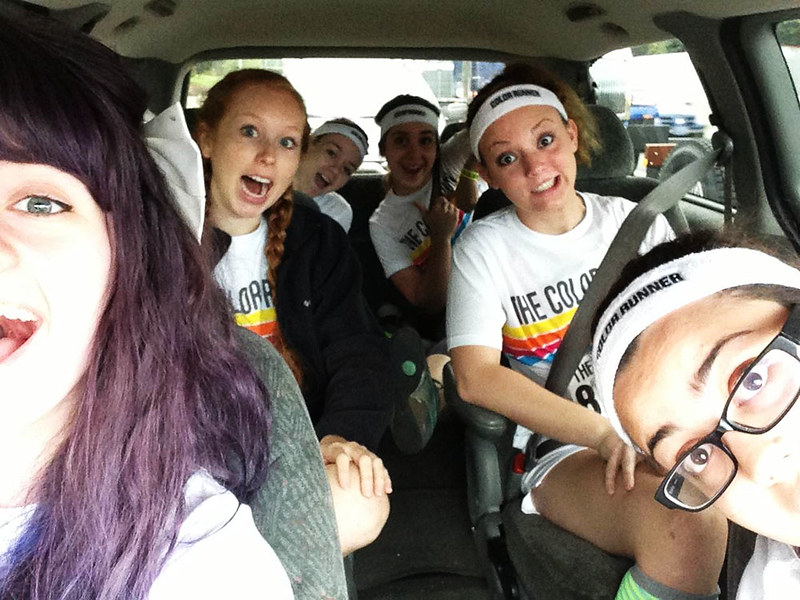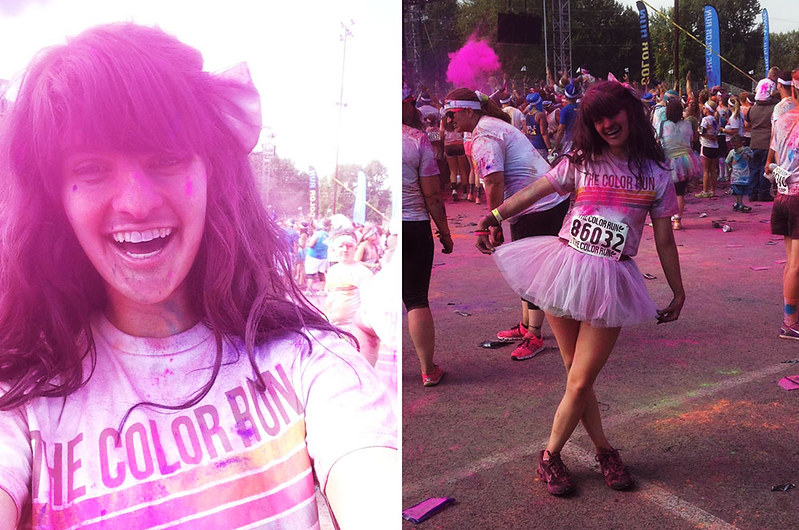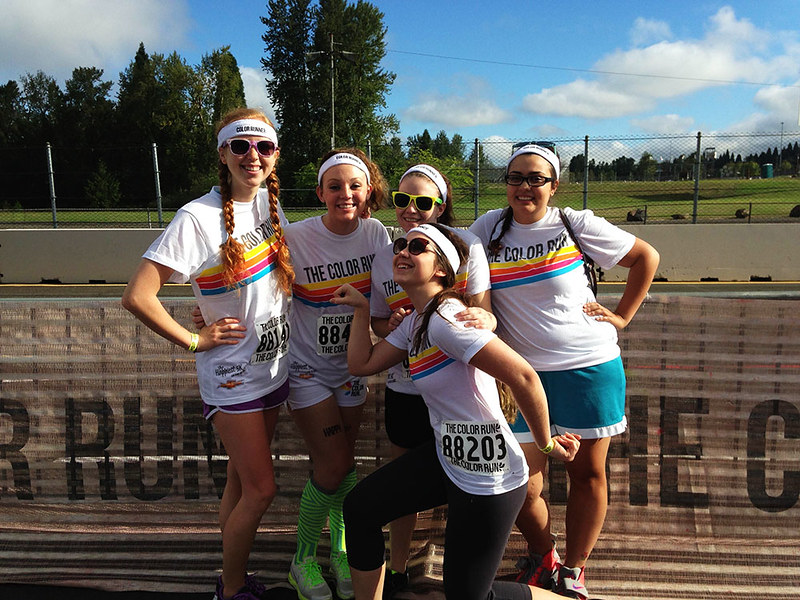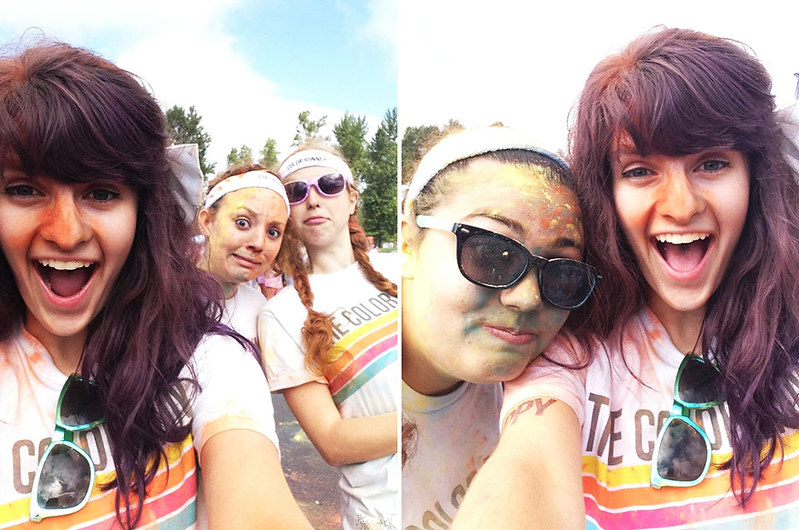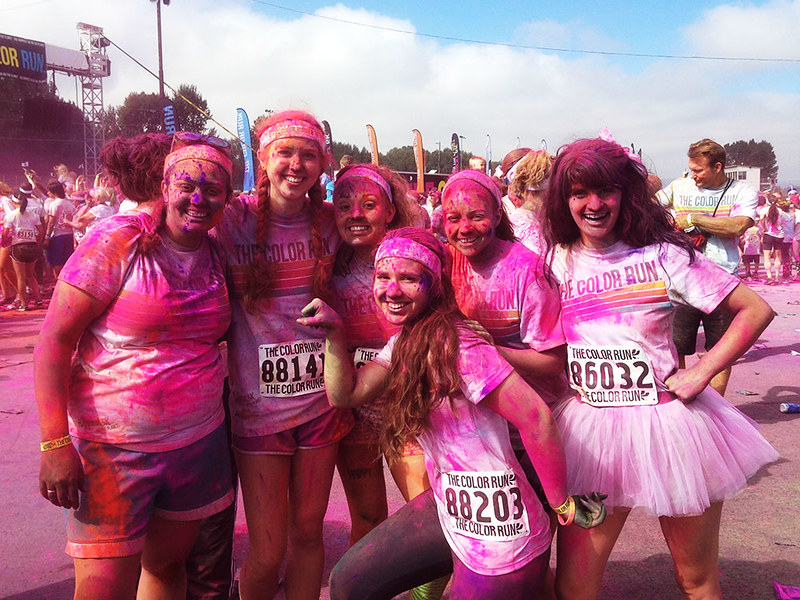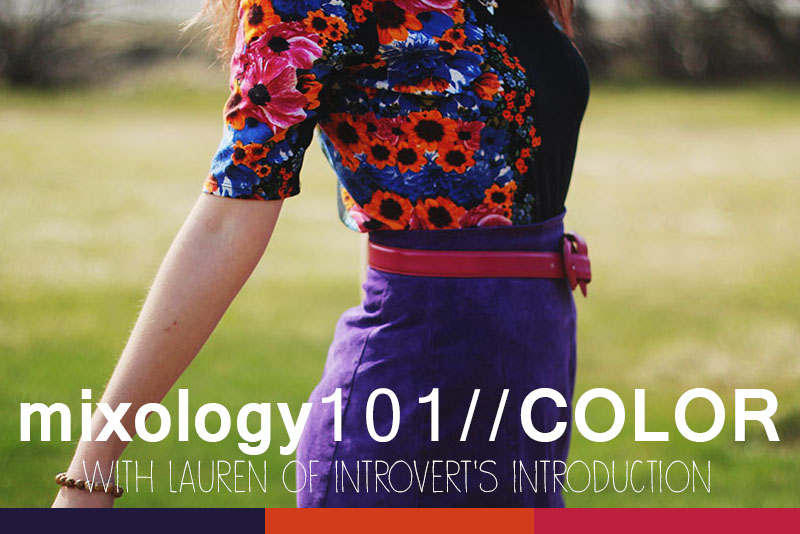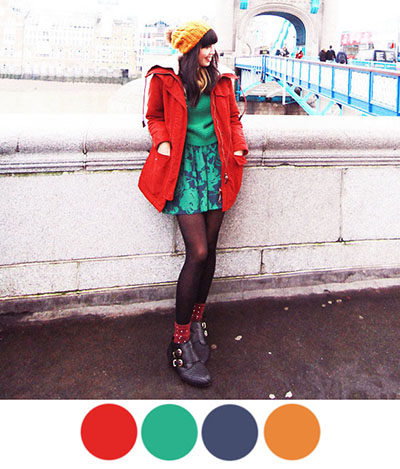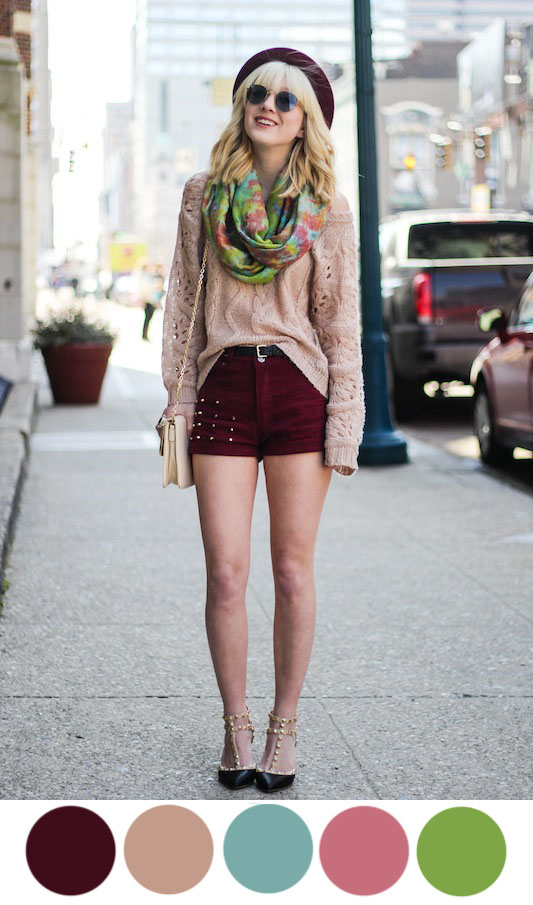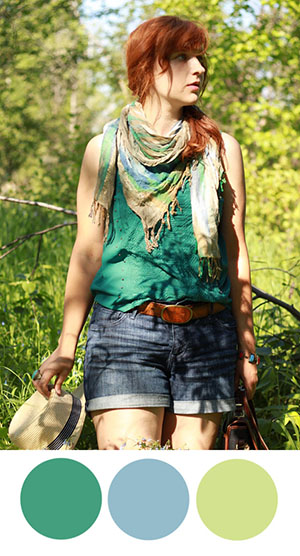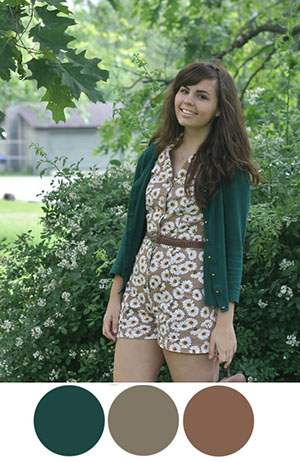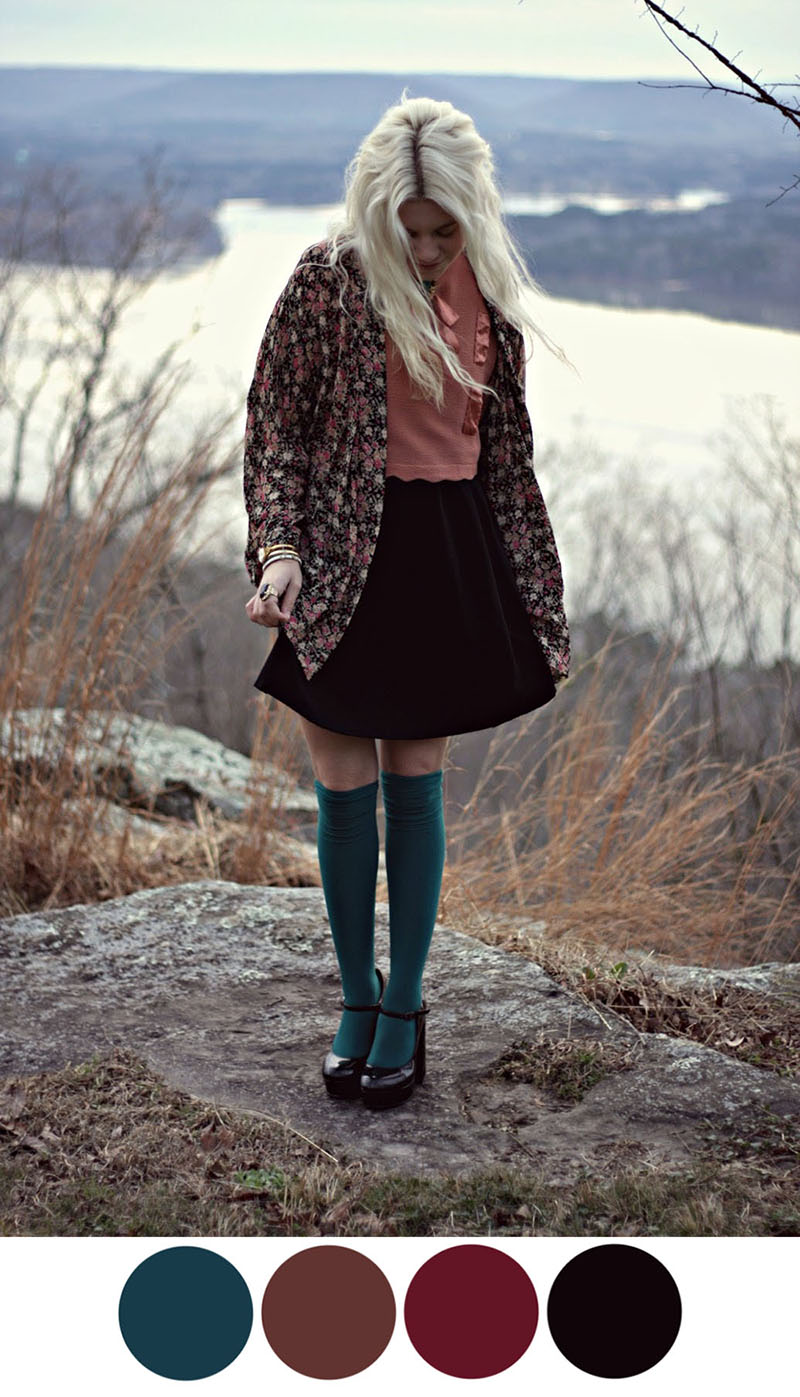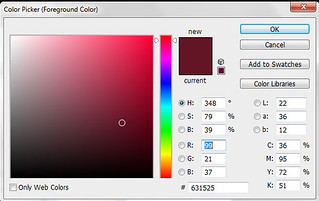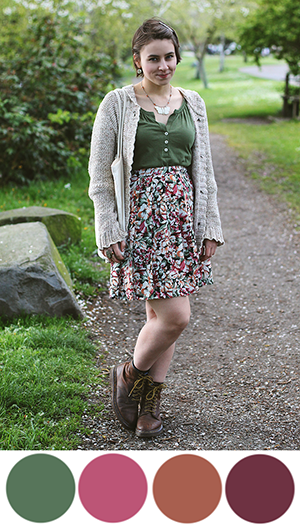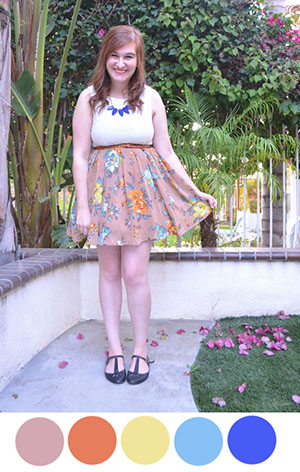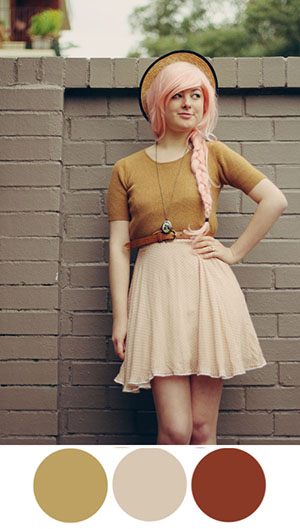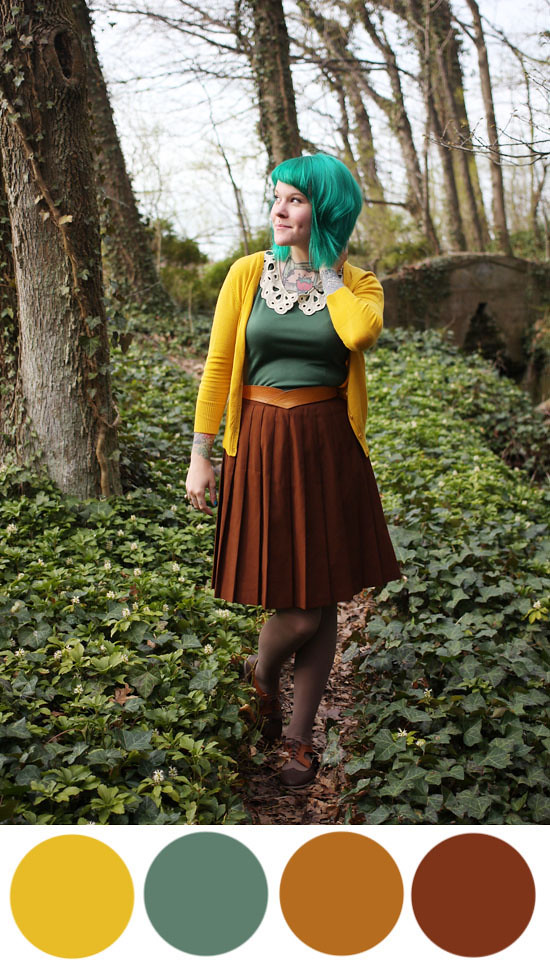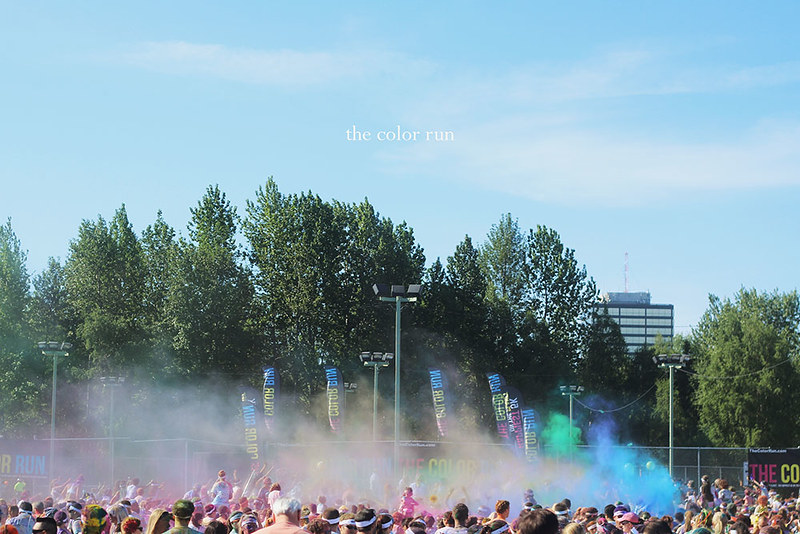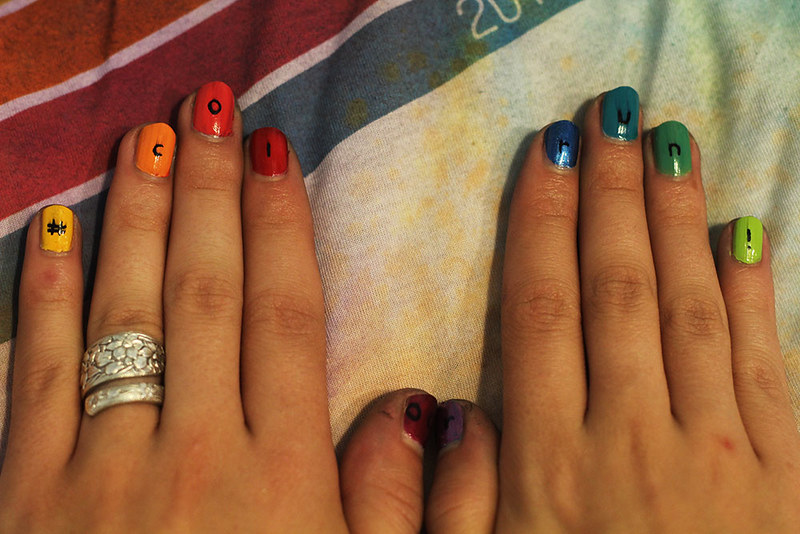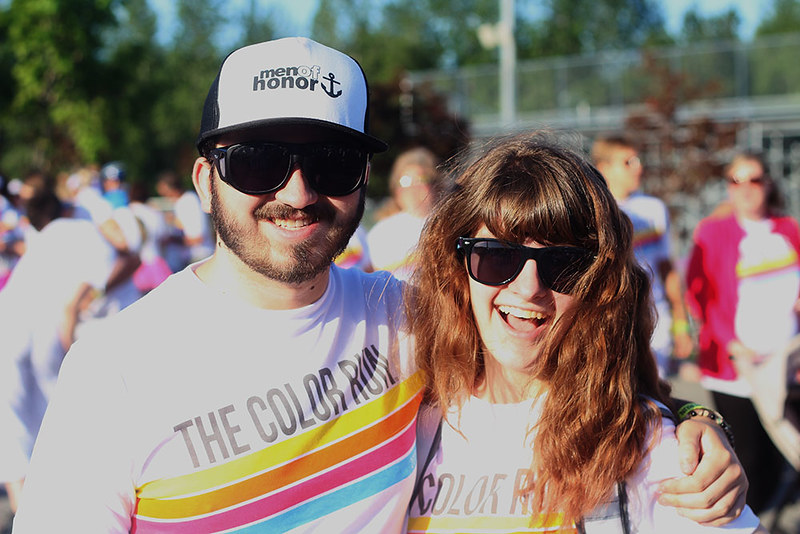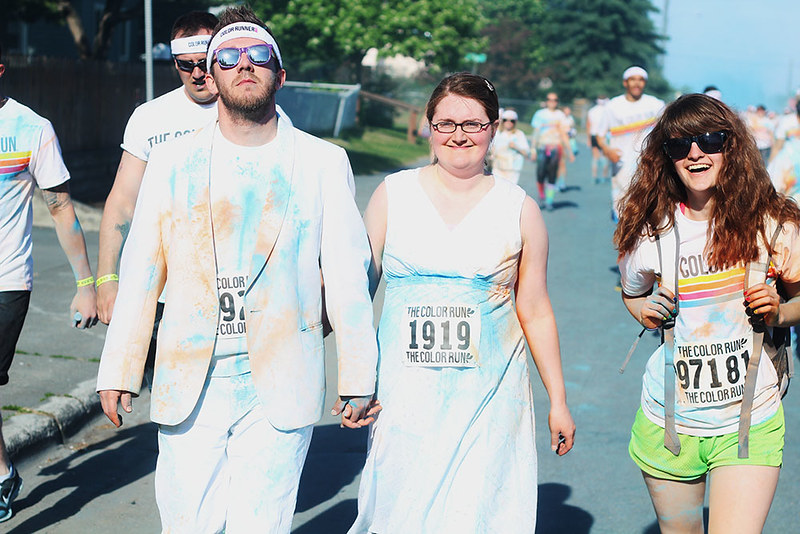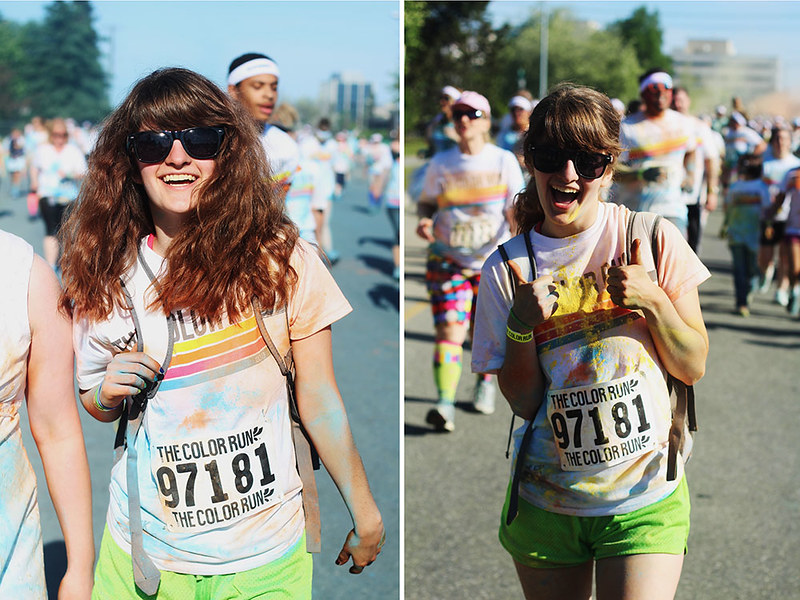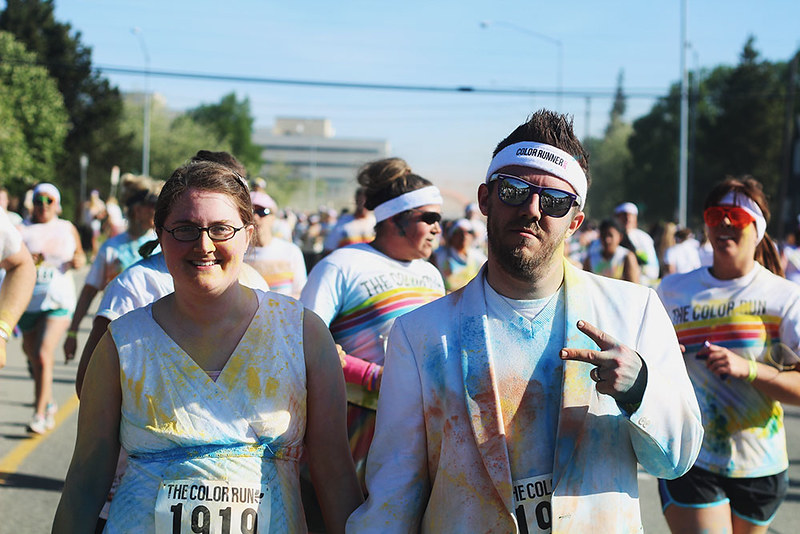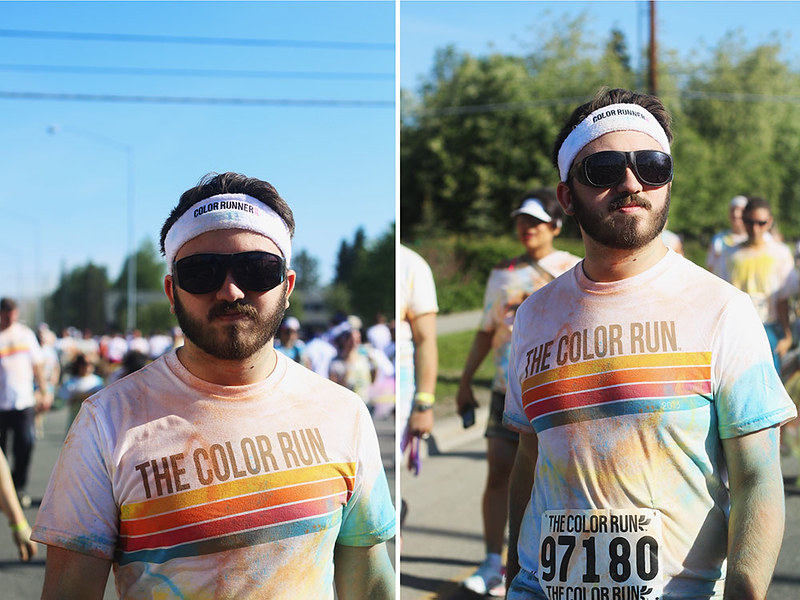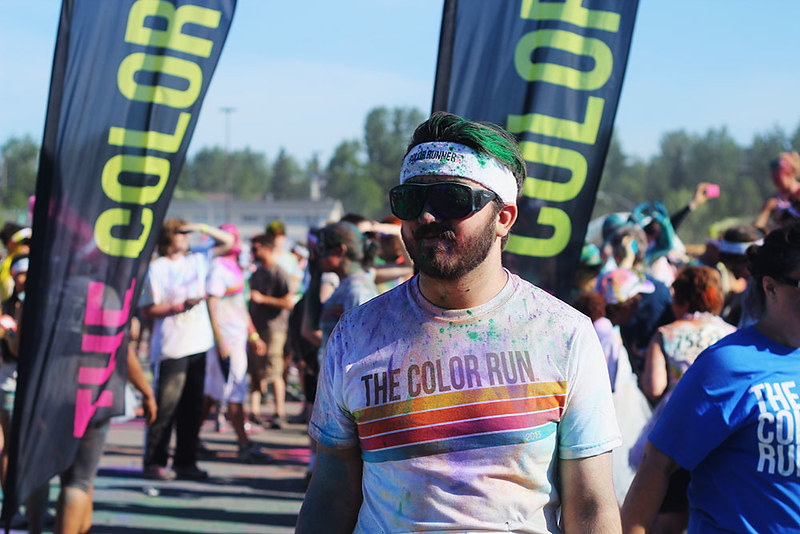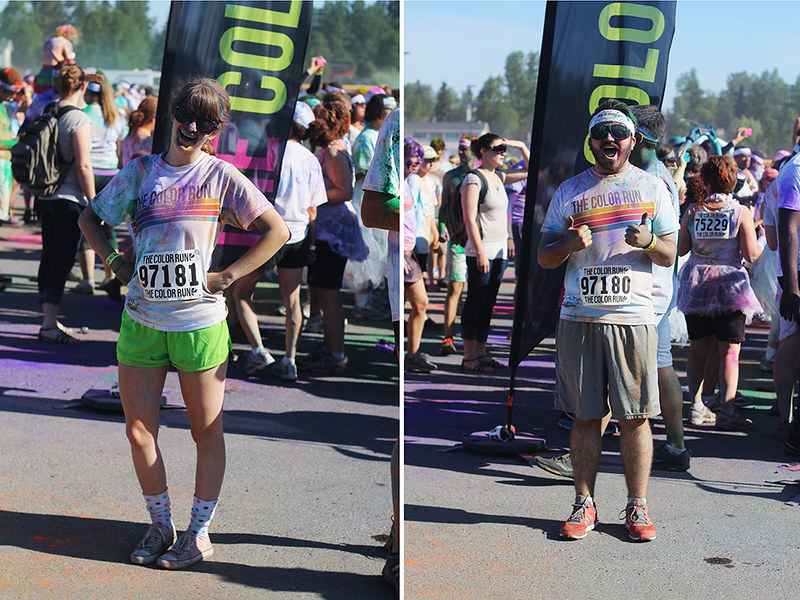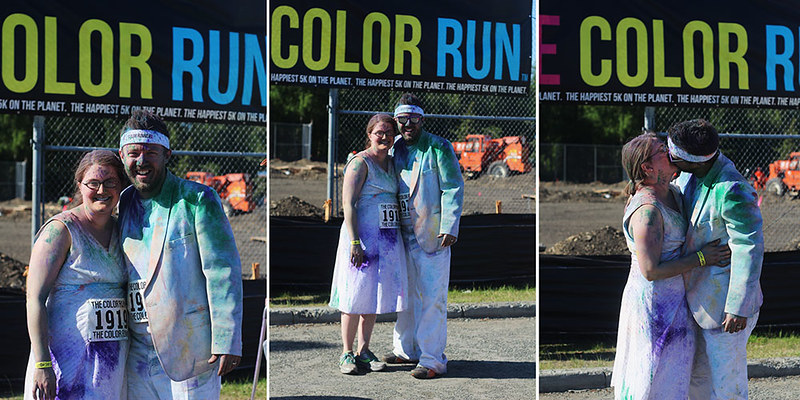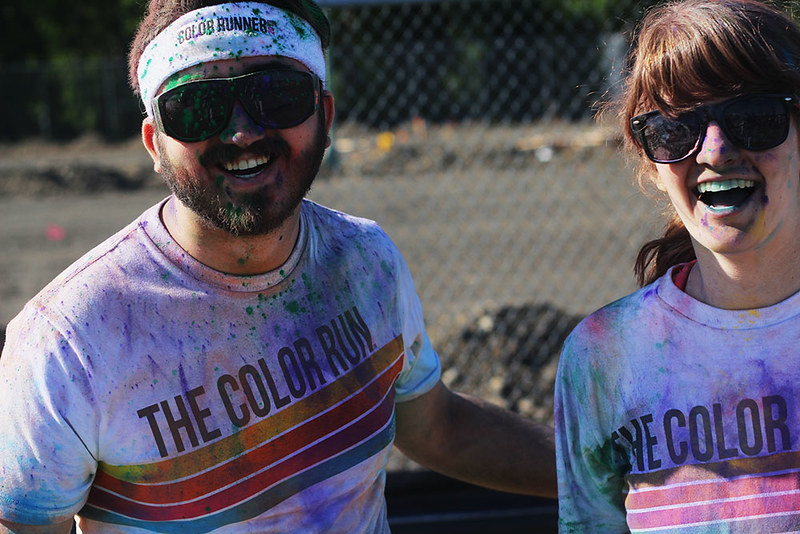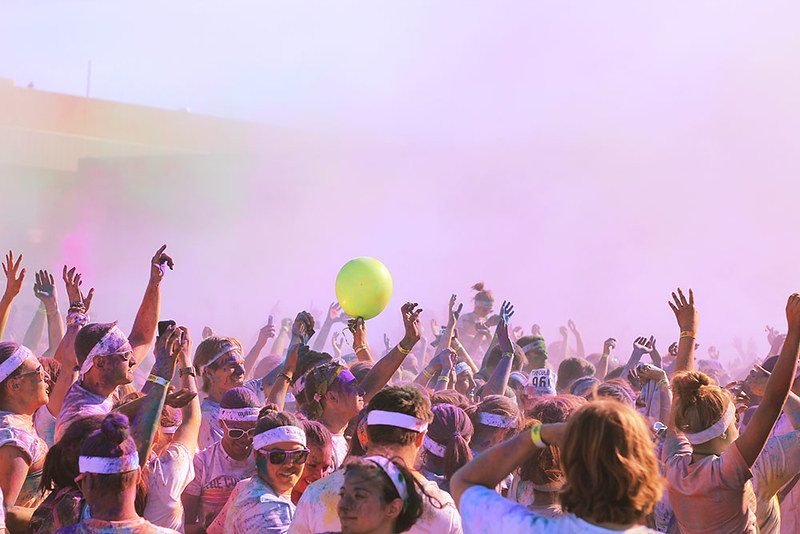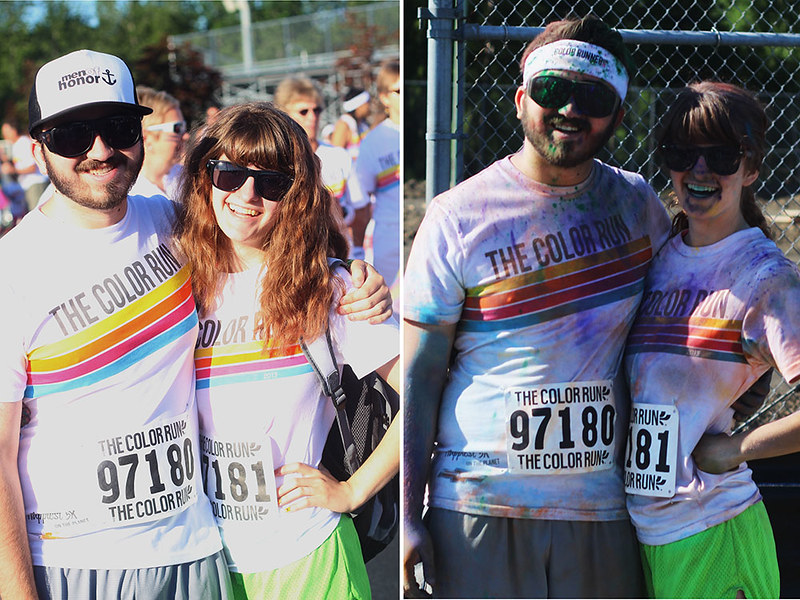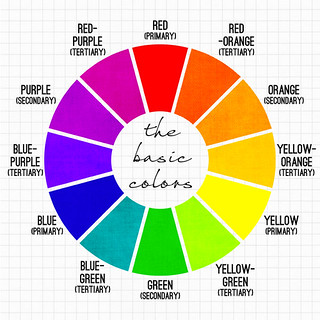 |
When it comes to color, there's a vast amount of knowledge about the subject. You can read all about color on the internet, but one website I find especially helpful is this one. For now, we will start with the basic color wheel. These are the most basic colors, or hues, and from them come every color you see. Tints are the lightening of the twelve basic colors (think pastel colors). Tints are achieved by adding white to colors. Shades of colors are achieved when you add black (generally) to the twelve basic colors. (In painting, instead of adding black, you add the opposite color on the color wheel, i.e. add red to green to make the red darker, to not compromise the vibrancy of the red, but that's a different topic.) A tone is when you add grey to a color (think muted colors).
Now remember, all colors go together. You can mix (and I mean mix in the sense of pairing two different pieces of clothing together) a tone with a shade with a tint, of any color, with any color. There are plenty of examples below where people have done this successfully. The general rule, however, is that a color in close relation to another will compliment it. For example, colors next to each other on the color wheel (called analogous), or those opposite each other (complementary) fit well together. But now let's look at some examples to see the colors in action.
|
